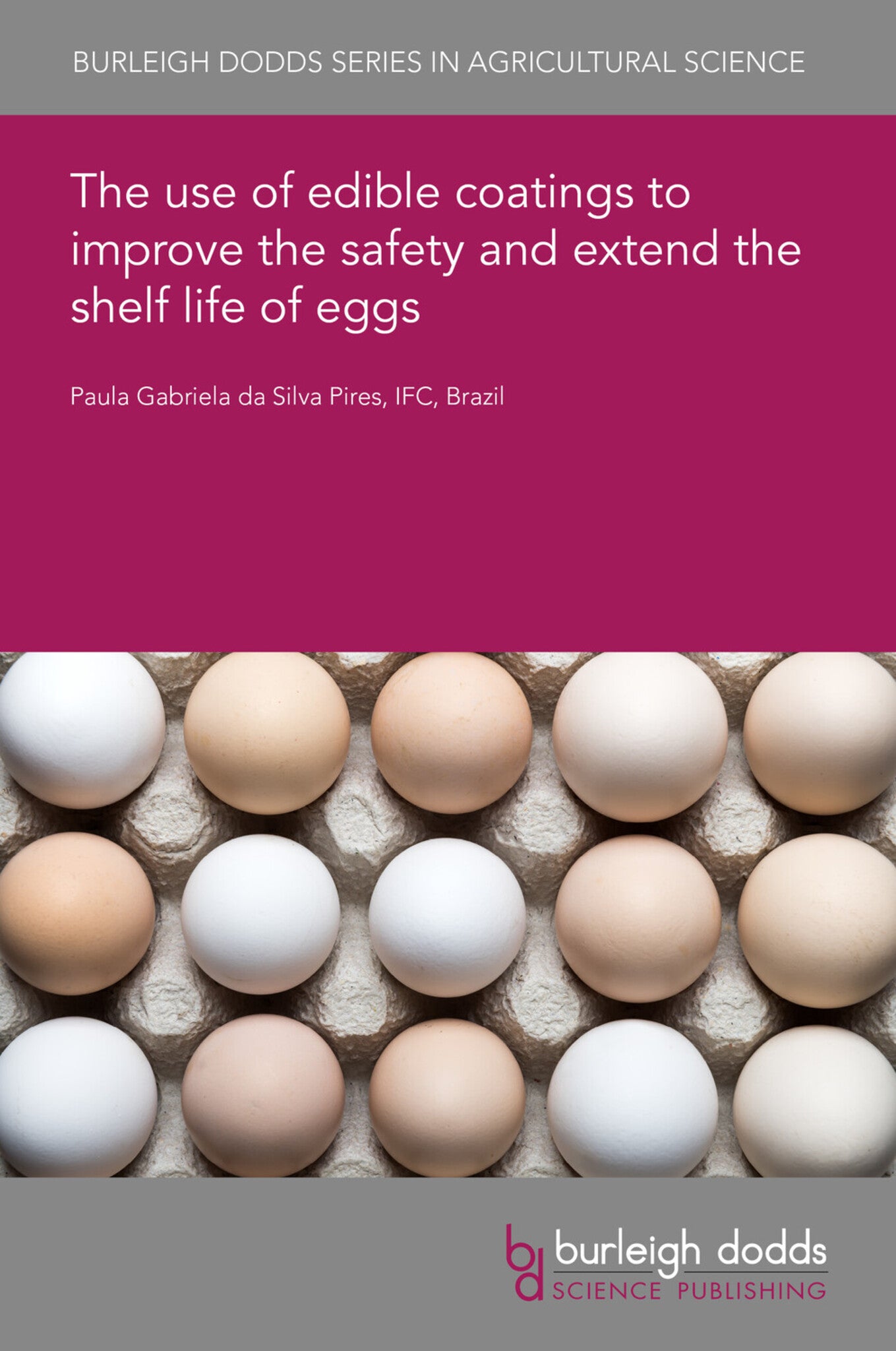We're sorry. An error has occurred
Please cancel or retry.
The use of edible coatings to improve the safety and extend the shelf life of eggs

Some error occured while loading the Quick View. Please close the Quick View and try reloading the page.
Couldn't load pickup availability
- Format:
-
14 November 2025

Eggs are consumed worldwide due to their nutritional profile and because they are the most affordable animal protein. Eggs are perishable and begin to lose quality immediately after the moment of laying. Storage conditions are particularly important, and the time and temperature of the storage location must be considered. Important changes have occurred in the poultry industry through the years, and several investigations were carried out to guarantee the egg quality. The use of edible coatings is a tool used to extend the shelf life of food and the results indicate positive effects of using coatings in maintaining egg quality and safety. Lipids, proteins, and polysaccharides are often used to develop egg coatings. However, it is possible to develop more complex coatings through more elaborate combinations of substances with different properties. This chapter highlights common coatings used in eggs, trends, challenges, and opportunities for the development of new coatings.

TECHNOLOGY & ENGINEERING / Agriculture / Animal Husbandry, Poultry farming, TECHNOLOGY & ENGINEERING / Agriculture / Sustainable Agriculture, TECHNOLOGY & ENGINEERING / Food Science / Food Safety & Security, Sustainable agriculture, Agricultural science, Food and beverage safety

- 1 Introduction
- 2 Egg quality and shelf life
- 3 Use of edible coatings in eggs
- 4 Choice of coating raw materials
- 5 Mineral oil
- 6 Lipid coatings
- 7 Polysaccharide coatings
- 8 Protein coatings
- 9 Bioactive coatings to improve egg safety
- 10 Limitations in use of egg coatings
- 11 Future trends in coating development
- 12 Where to look for further information
- 13 References



